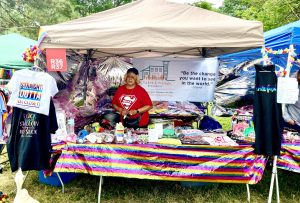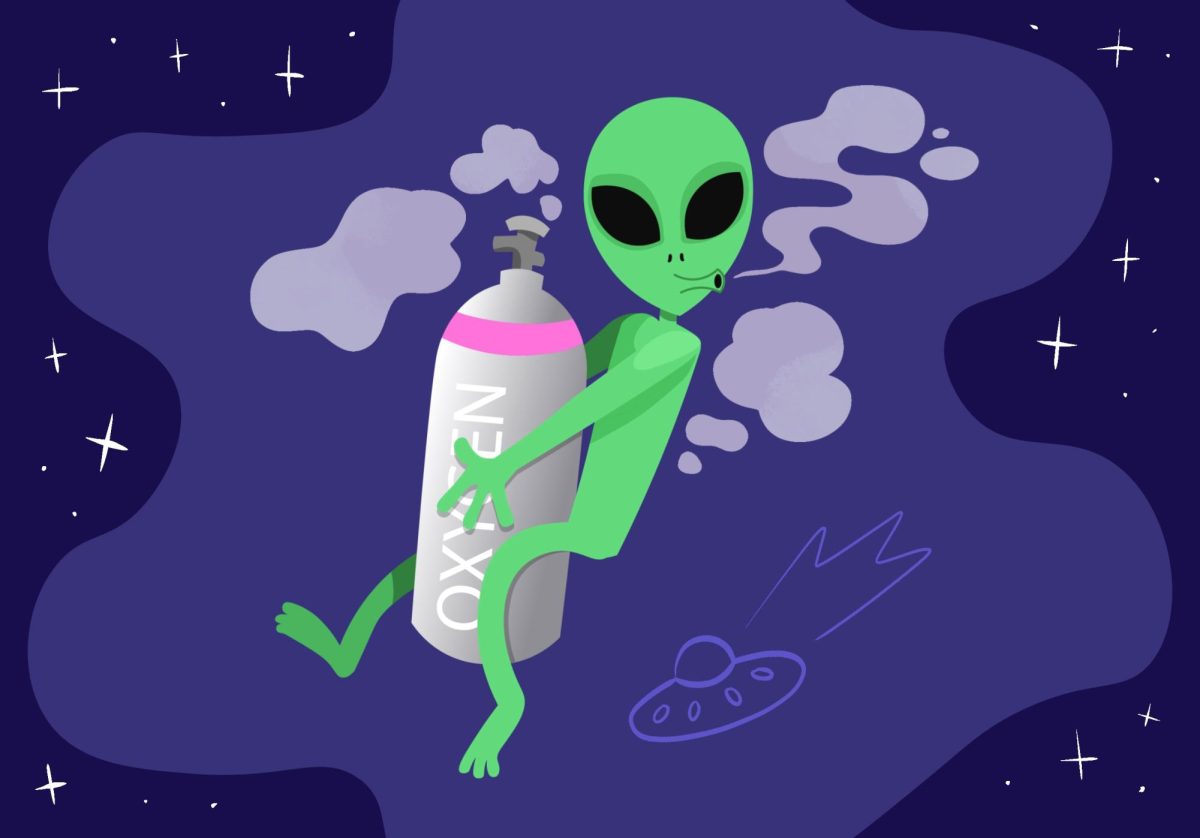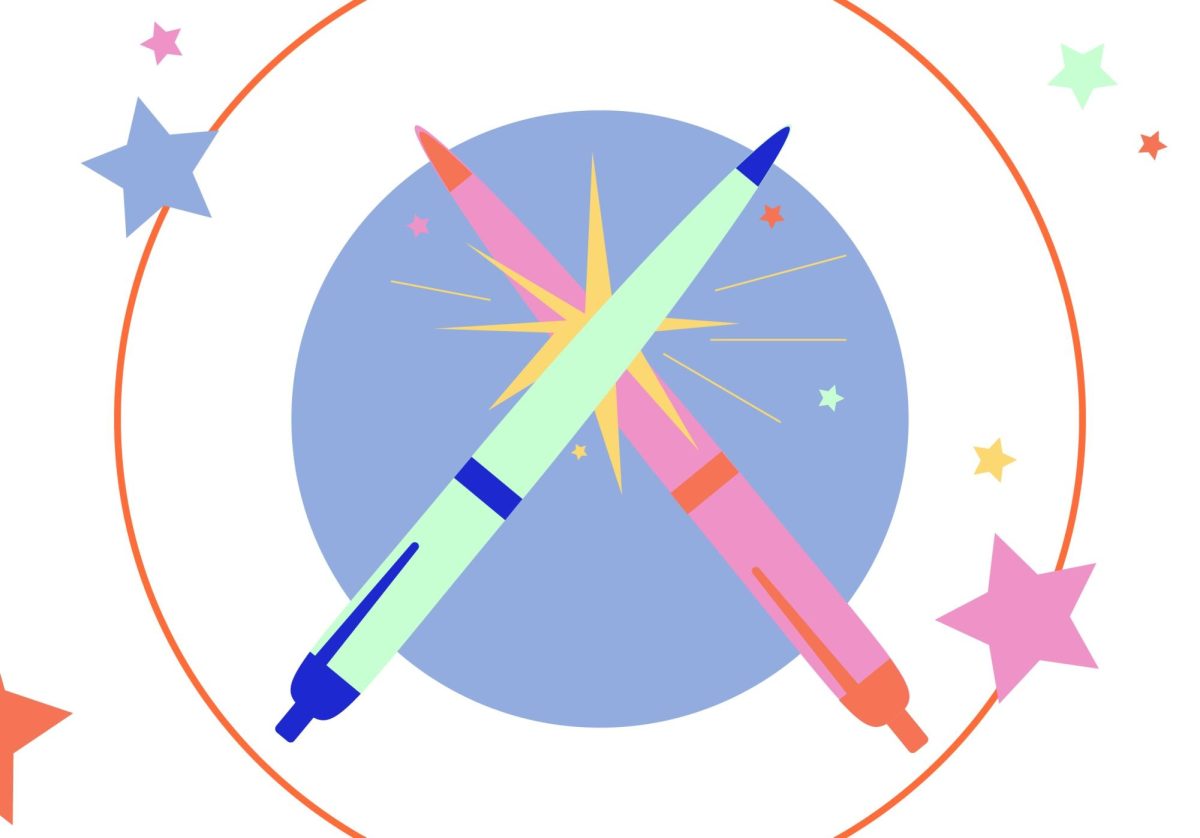The world is watching as Minneapolis further defines itself as a hot spot for police brutality and racial discrimination. I don’t blame you for feeling hopeless in the face of Daunte Wright’s killing and Derek Chauvin’s trial.
Posting on social media and spreading awareness is important, but it is not a solution. More than 28 million people posted black squares on Instagram in June, but it didn’t allow advocates to take up space in a meaningful way. But being on the frontlines isn’t always an option, especially when police are firing rubber bullets and tear-gassing citizens.
The state is already working to subdue protesters by bringing in the National Guard and implementing a curfew. Fighting injustice of any kind can seem like a two-way street: You can spread awareness, or you can show up in person. Mutual aid is the crucial third option that allows us to enact serious, long-term solutions while supporting communities in need.
Mutual aid is almost exactly what it sounds like: It is a way of working together to respond to a community’s needs. Unlike charity or volunteer work, there is no singular beneficiary; therein lies the unique beauty of mutual aid work — it is reciprocal. It is as simple as driving a friend to the airport with the understanding that they will drive you the next time you’re leaving town. By taking a little bit of time to help the other person, you each get something you need in return.
Mutual aid has been around for a long time, from factory-based organizations of the 18th century to the Black Panthers and even modern-day COVID-19 support. Programs often function within a larger network. The foundation of mutual aid is the symbiotic person-to-person exchange, but it expands upward to neighborhoods supporting other neighborhoods and beyond. The United States and Canada actually have a mutual aid agreement in place in case of natural disasters.
It doesn’t just work as a short-term support system. When successfully implemented over time, mutual aid can supersede the importance of institutions within a community. As Nonprofit Quarterly explains, “Well-resourced, empowered communities don’t need well-endowed institutional gatekeepers.” By redistributing wealth within a community instead of allowing an external charitable organization to do so, people can more effectively target areas of need and improve the overall quality of life.
Mutual aid can take the form of contributing medical supplies, groceries or clothing. It can mean providing transportation or offering to watch a neighbor’s children. On a college campus, it might look like walking a friend home at night or donating meal plan swipes through the Swipe Out Hunger program. And, in the era of COVID-19, it can mean providing funds for mutual aid networks.
Unlike donating to larger charities, with mutual aid, you know exactly where your money is going and for whom it is being used. In the wake of the Daunte Wright protests, Brooklyn Center High School set up a food and supply drive. The support was so overwhelming that the school temporarily stopped accepting donations, though it now accepts donations again.
Paige Ingram, a Brooklyn Center resident, took this moment to set up a new mutual aid fund for the community.
“I’m focused on direct giving to folks that are really living in these apartment complexes facing that building and who haven’t been able to get any sleep for the last couple of nights,” she said in an interview with Sahan Journal. Ingram set up a GoFundMe to pay for the support residents need, hoping to raise $5,000. As of midnight on April 14, that GoFundMe page has raised nearly $67,000.
Mutual aid works because it isn’t one size fits all. It allows for differences in communities and for people to contribute in various ways and pushes for outcomes that pertain specifically to their community.
Protesting is important, but no one can go out and do it every day. Mutual aid work allows for peaceful protests to occur while supporting communities in broader and more versatile ways. Most importantly, it has the potential to bring about positive, permanent change.


















UMN0001
Apr 21, 2021 at 1:22 pm
Why was $5,000, let alone $67,000 needed for the nearby apartment residents in BC? Were they used to pay for hotels while the protests were ongoing? Was it for transportation to their jobs or run errands because bus traffic was suspended or they couldn’t leave their parking lot due to the crowds?